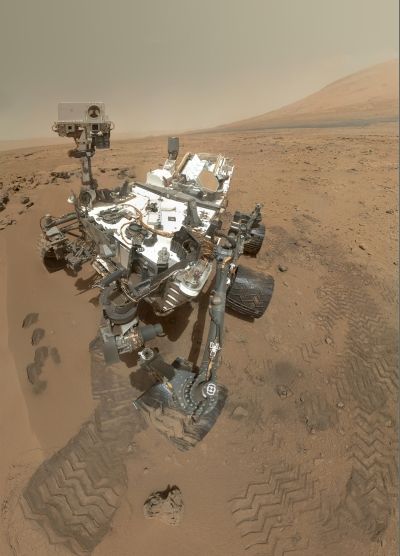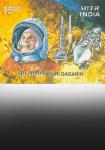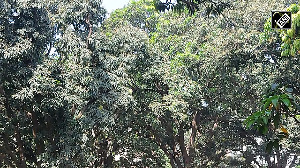 National Aeronautics and Space Administration's Mars rover Curiosity has discovered water during its first sample analysis of the red planet's surface.
National Aeronautics and Space Administration's Mars rover Curiosity has discovered water during its first sample analysis of the red planet's surface.
The first scoop of soil analysed by Curiosity in its laboratory revealed that fine materials on the surface of the planet contain several per cent water by weight.
The sample also released significant carbon dioxide, oxygen and sulphur compounds when heated, NASA said.
"One of the most exciting results from this very first solid sample ingested by Curiosity is the high percentage of water in the soil," said Laurie Leshin, dean of the School Science at Rensselaer Polytechnic Institute.
"About 2 per cent of the soil on the surface of Mars is made up of water, which is a great resource, and interesting scientifically," said Leshin.
Curiosity landed in Gale Crater on the surface of Mars on August 6, 2012, charged with answering the question, "Could Mars have once harboured life?"
To do that, Curiosity is the first rover on Mars to carry equipment for gathering and processing samples of rock and soil.
One of those instruments was employed in the current research: the Sample Analysis at Mars instrument suite, which includes a gas chromatograph, a mass spectrometer and a tunable laser spectrometer.
These tools enable SAM to identify a wide range of chemical compounds and determine the ratios of different isotopes of key elements.
"By combining analyses of water and other volatiles from SAM with mineralogical, chemical and geological data from Curiosity's other instruments, we have the most comprehensive information ever obtained on Martian surface fines," said Paul Mahaffy, principal investigator for SAM at NASA's Goddard Space Flight Center in Greenbelt.
"These data greatly advance our understanding surface processes and the action of water on Mars," said Mahaffy.
Thirty-four researchers, all members of the Mars Science Laboratory Science Team, contributed to the study.
Scientists used the rover's scoop to collect dust, dirt and finely grained soil from a sandy patch known as Rocknest.
Researchers fed portions of the fifth scoop into SAM. Inside SAM, the "fines" -- the dust, dirt and fine soil -- were heated to 835 degrees Celsius.
Baking the sample also revealed a compound containing chlorine and oxygen, likely chlorate or perchlorate, previously found near the north pole on Mars.
Finding such compounds at Curiosity's equatorial site suggests they could be distributed more globally. The analysis also suggests the presence of carbonate materials, which form in the presence of water, researchers said.
In addition to determining the amount of the major gases released, SAM also analysed ratios of isotopes of hydrogen and carbon in the released water and carbon dioxide.
Image: A mosaic image of Curiosity ' Photograph Courtesy: https://www.nasa.gov/











 © 2025
© 2025